-
Membership
Membership
Anyone with an interest in the history of the built environment is welcome to join the Society of Architectural Historians -
Conferences
Conferences
SAH Annual International Conferences bring members together for scholarly exchange and networking -
Publications
Publications
Through print and digital publications, SAH documents the history of the built environment and disseminates scholarshipLatest Issue:

-
Programs
Programs
SAH promotes meaningful engagement with the history of the built environment through its programsMember Programs
-
Jobs & Opportunities
Jobs & Opportunities
SAH provides resources, fellowships, and grants to help further your career and professional life -
Support
Support
We invite you to support the educational mission of SAH by making a gift, becoming a member, or volunteering -
About
About
SAH promotes the study, interpretation, and conservation of the built environment worldwide for the benefit of all
SAHARA Highlights: The Photographs of the Architect William Kessler
Aug 15, 2022
by
Jacqueline Spafford and Mark Hinchman, SAHARA Co-Editors
Like many architects, William Kessler (1924–2003) traveled a great deal throughout his life and became an accomplished photographer. There are 2404 of his photographs in SAHARA, which all stem from his travels. Others contributed photographs of his accomplished work as an architect. Looking at his output created over decades, it is clear that he was interested in the formal aspects of architectural photography, and there are certain motifs that he relied on repeatedly. If he took ten photographs of a particular building, one of them would be abstractly rotated at an angle, its edges cut off from the picture plane. He liked to shoot urban vistas with the edges of a door or archway framing the view. He favored urban shots of winding streets, with a focal point in the distance. Yet his photographs also indicate that he was aware of standard ways of shooting famous buildings. If he shot an iconic building, he would often position it as had typically been represented. He was interested in architecture, ancient and contemporary, vernacular and monumental, and across the globe. Museum interiors seemed to fascinate him, and it is the only subject type in which he regularly featured people, capturing them as they stared intently at an artwork, or abstractly walking by, sometimes in a blur.
Some photographs make their way into SAHARA’s collection when they are contributed all at once, as with the Kessler collection. Had SAHARA existed in the 1960s, 70s, and 80s, it is tempting to think that he would have been an on-going contributor. Please consider adding your own photographs to SAHARA. They tell a story to future generations, and they are a record of your travels, your tastes, your interests, and your aesthetic choices.
To see more SAHARA content: sahara.artstor.org/#/login
To learn more about contributing, visit: sah.org/sahara
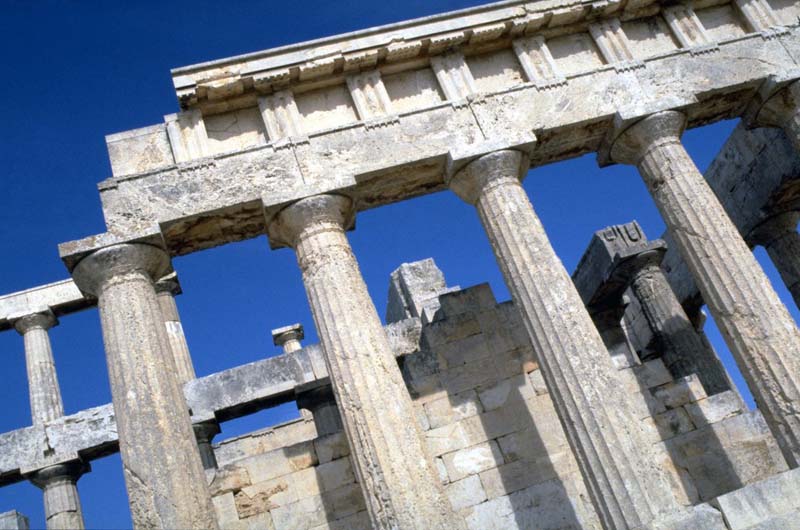
Temple of Aphaia, Aegina, Greece, circa 500 BCE. Photograph by William Kessler, 1981. Kessler relied on certain photographic layouts repeatedly, and one of them was to slant the subject, giving a realistic photograph abstract qualities.
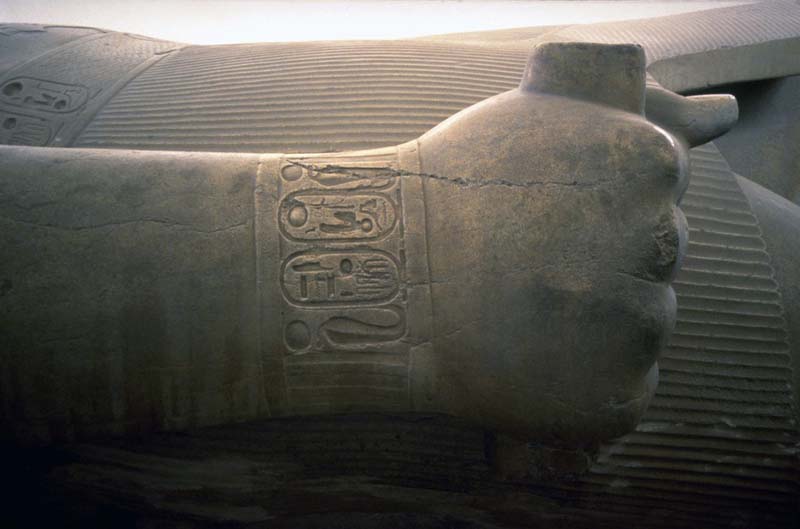
Recumbent statue of Ramesses II, Memphis, Egypt, circa 1213 BCE. Photograph by William Kessler. Kessler had a sustained interest in ancient cultures, and he traveled to Greece, Egypt, and Mexico. This photograph shows his occasional interest in details, and his interest in photographing museum interiors.
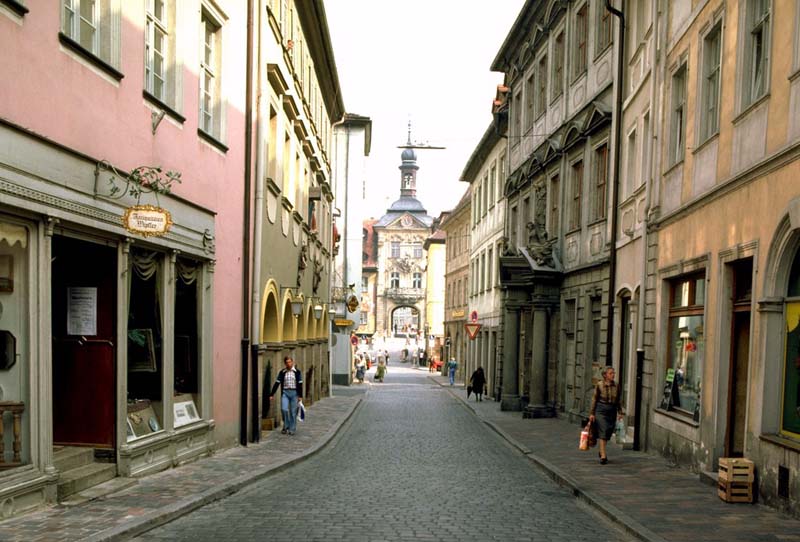
Karolinenstrasse, Bamberg, Germany. Photograph by William Kessler, 1981. Kessler favored views of streets or walkways that wind away to the distance, sometimes ending on a focal point, as here with the Rathaus. He travelled a great deal in Germany and Austria.
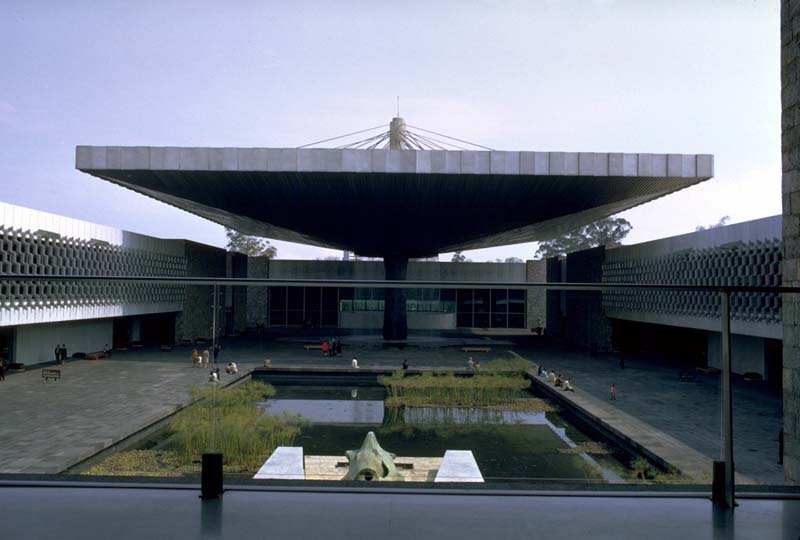
Ramirez Vázquez, Pedro; Mijares Alcérreca, Rafael; and Campuzano, Jorge. National Museum of Anthropology, Mexico City, Mexico, 1964. Photograph by William Kessler, 1967. Kessler travelled a great deal in Mexico, and photographed buildings, ancient and contemporary. He sometimes was creative in his layouts, he also frequently relied on the canonical way of showing a building, as here with a shot that captures the entirety of the courtyard canopy that rests on a single column.
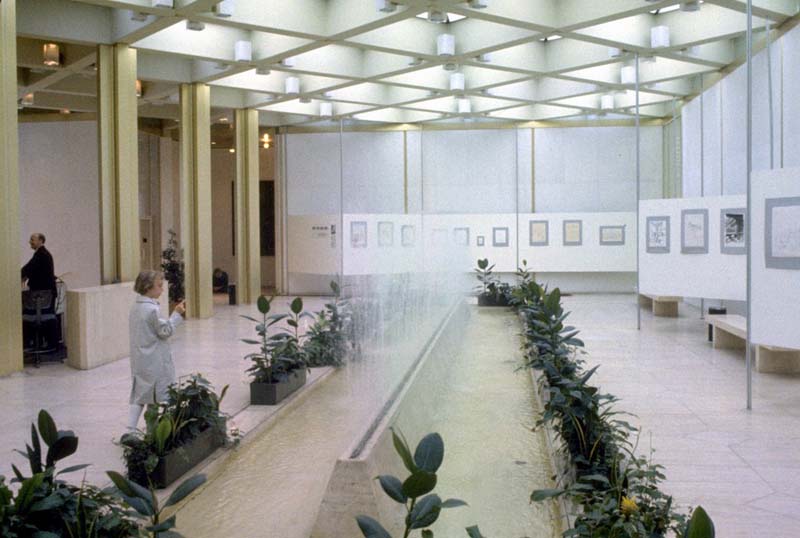
Eero Saarinen, American Embassy, London, UK, 1957–1958. Photograph by William Kessler, 1965. For years this purpose-built embassy reigned as the United States’ largest in Europe. It was recently turned into a hotel.
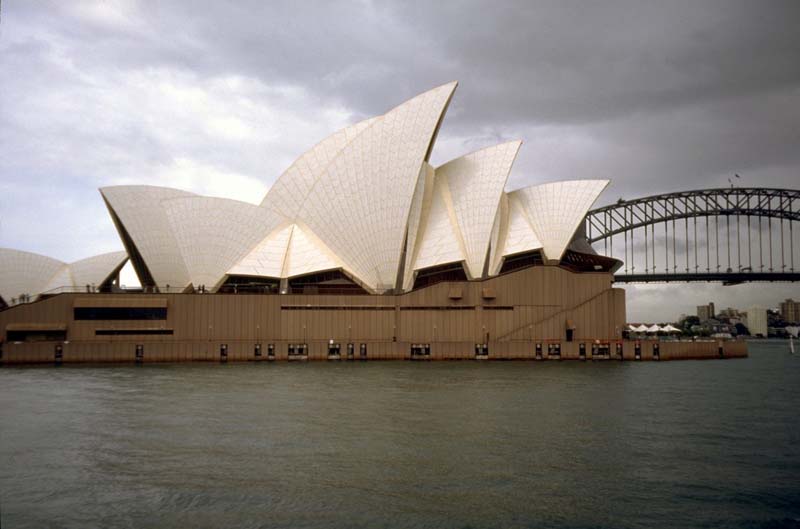
Jørn Utzon, Sydney Opera House, Sydney, Australia, 1959–1973. Photograph by William Kessler.
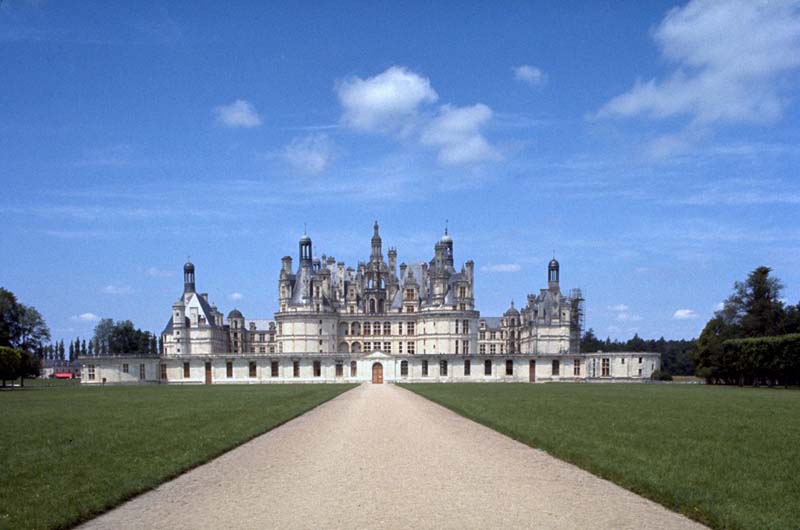
Unknown. Château de Chambord, Chambord, France, 1519–1547. Photograph by William Kessler, 1965.
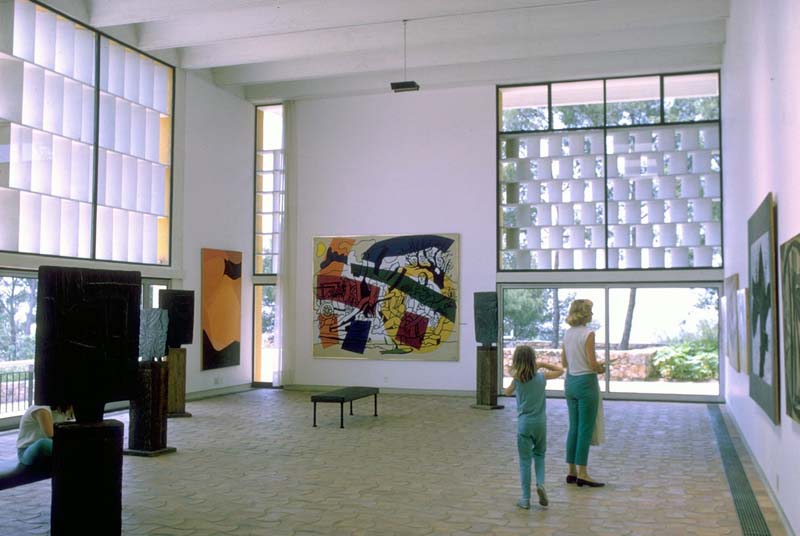
Josep Lluís Sert. Fondation Maeght, Saint-Paul-de-Vence, France, 1959–1964. Photograph by William Kessler, 1965. There are several examples in SAHARA’s Kessler collection of his visiting a building within years of its construction.

Otto Wagner, Stadtbahn entry, Karlsplatz, Vienna, Austria, 1898–99. Photograph by William Kessler, 1981. Most of Kessler’s photographs that were contributed to SAHARA date to the 1960s and 1980s.
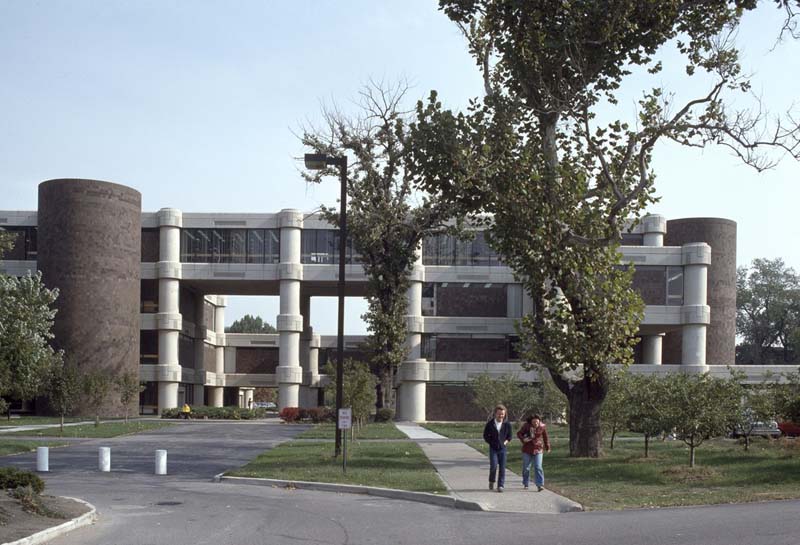
William Kessler and Associates, Center for Creative Studies, Detroit, Michigan, 1972–1975. Photograph by George Everard Kidder Smith. This is an art and music school, still in use. It is described as Brutalist, and bears comparison to the work of the Metabolists. Kathryn Bishop Eckert wrote the Archipedia essay: http://sah-archipedia.org/buildings/MI-01-WN65

